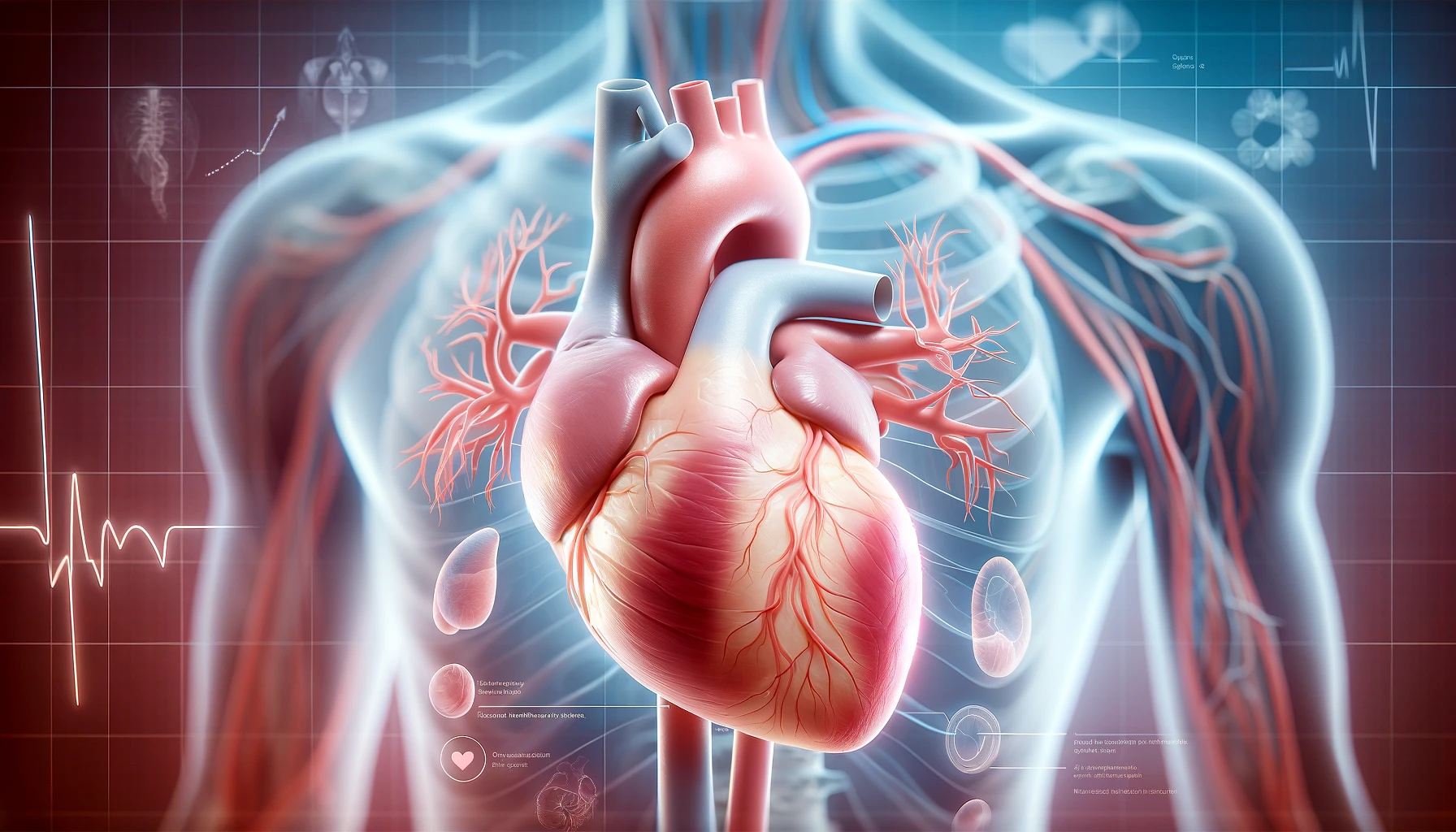Atrial fibrillation, also called AFib, is a form of irregular heartbeat. It occurs when the two upper chambers of your heart try to beat at different speeds and rates. Overtime, these irregular beats can cause blood clots or weakness that can eventually lead to stroke or heart failure.
While that may sound frightening, there are many ways to manage AFib and live a full life. Knowing what symptoms to look for can help you catch AFib early and get treatment.
If you’re dealing with cardiac or vascular conditions, Rishin Shah, MD, and his team at Prime Heart and Vascular will make sure you get the quality care you deserve. Dr. Shah is board-certified in cardiovascular medicine, internal medicine, and interventional cardiology. He prides himself on providing state-of-the-art care to help his patients live longer, more fulfilling lives.
About atrial fibrillation
Although your heart is made up of different chambers, they all work together to pump in a balanced rhythm. When you have AFib, your heart’s upper chambers beat at irregular or chaotic times that aren’t in sync with the lower chambers. And because your heart can’t adjust to the interrupted rhythm, it can’t deliver the proper amount of blood to the rest of your body.
Consequences of AFib
Over time, this lack of proper blood flow can lead to blood pooling in your heart, which can eventually lead to the formation of clots. These clots may then move to other parts of your body, including the brain, which can lead to stroke. The irregular beats can also make your heart work harder and stress it, which can open the door to heart failure.
Types of AFib
There are four types of AFib, which differ depending on the kind of irregular rhythm:
Paroxysmal fibrillation
This describes a case of AFib that lasts less than seven days and goes back to a normal rhythm without medical intervention.
Persistent AFib
This is when the heart maintains an irregular rhythm for more than seven days. The heart may be able to return to a regular rhythm without much intervention.
Long-standing AFib
This is when the heart maintains an irregular rhythm for 12 months or more. This form of AFib usually requires continued care and treatment.
Permanent AFib
A diagnosis of permanent AFib means that it is unlikely that the heart will return to a regular rhythm. Treatment usually involves long-term care and lifestyle changes.
Signs of AFib
Some of the most common signs of AFib include:
- Fatigue
- Shortness of breath
- Dizziness
- Weakness
- Faintness
- Sweating
Chest pain is also a sign of AFib. Seek immediate attention if experiencing chest pain as you could be having a heart attack.
Treating AFib
If you’ve developed blood clots, you may need to go on blood thinners. There are also surgical methods and medicines that can treat AFib directly. Dr. Shah prefers a nonsurgical treatment called electrical cardioversion. During this procedure, Dr. Shah administers an electric shock to your chest, which can help reset the heart’s rhythm.
AFib is easiest to manage when it’s caught early. Dr. Shah and his team will make sure you get the tools and treatment you need to beat AFib and live a healthy life. To learn more, book and appointment online or over the phone with Prime Heart and Vascular today.





